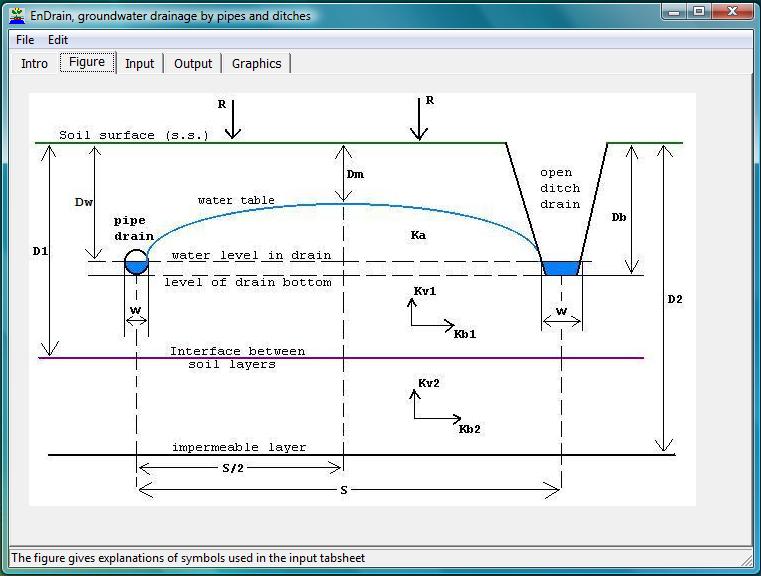|
|
ABSTRACT
The energy balance of ground water (groundwater) flow
developed by Oosterbaan, Boonstra
and Rao (1994) (see
reference), and used for the groundwater flow in
unconfined aquifers, is
applied to subsurface drainage by pipes or ditches
with the possibility to introduce
entrance resistance and/or (layered) soils with
anisotropic hydraulic conductivities.
Owing to the energy associated with the recharge by
downward percolating water, it is found
that use of the energy balance leads to lower water
table elevations than when it is ignored.
The energy balance cannot be solved analytically and a
computerized numerical method is
needed. An advantage of the numerical method is that
the shape of the water table can be
described, which was possible with the traditional
methods only in particular situations,
like drains without entrance resistance, resting on an
impermeable layer in isotropic soils.
Examples are given of effects of varying drainage and
soil conditions on the drain spacing
and the level/depth of the water table.
|
Software
& models
Articles
& manuals
Reports
& case studies
FAQ's
& answers
Home
page
Contact
form
|
